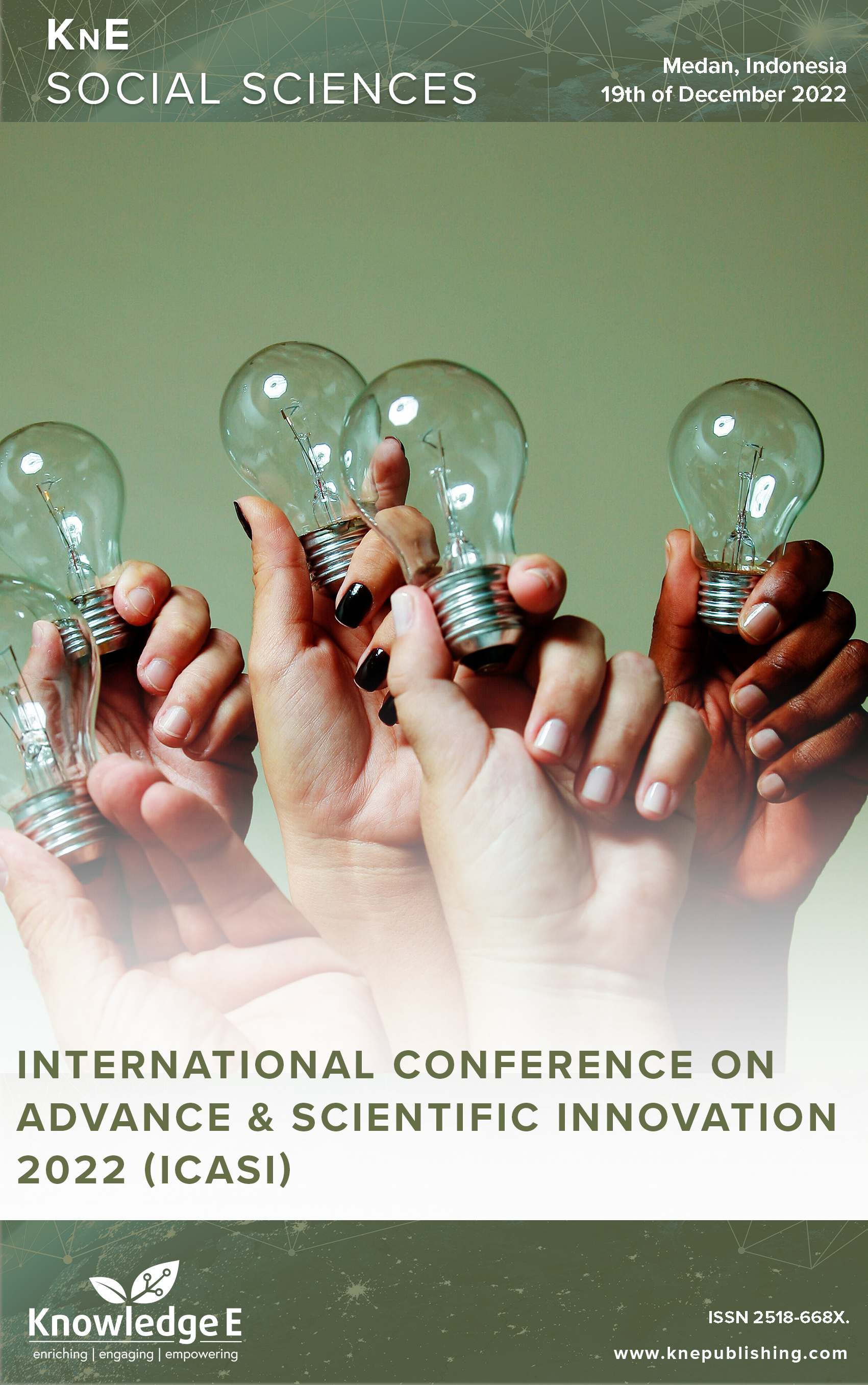Proposing Jagani Tradition of Buton as a Convergent Cultural Intervention for the Demographic Dividend
DOI:
https://doi.org/10.18502/kss.v8i9.13406Abstract
Indonesia is estimated to face a demographic dividend in the next few years. The Indonesian government had programmed demographic dividend convergence in various domains, including the health sector. The stunting derivation program was strongly associated with the first 1000 days. We recommended a strategy for initiating convergence through the jagani tradition. This tradition was the potential to be a medium of intervention to achieve a positive demographic dividend for several reasonable arguments. First, the aspect of time was the moment of marriage which is considered a sacred moment marking the union of two persons to form a family. Second, the element of the actor leading the ritual, bhisa, is culturally highly respected because it impacts a bride‘s married life. Third, the speech in the jagani tradition contained household guidance materials covering various dimensions of life. These three aspects complemented each other in delivering messages for forming quality families and accomplished generations. The adjustment of the jagani verbal message convergently touched potential targets: the new families of prospective parents of the next generation. Internalization converges at the beginning through the jagani tradition.
Keywords: jagani tradition, Indonesian demographic dividend, convergence, cultural intervention
References
[2] Adebiyi BO, Goldschmidt T, Benjamin F, Sonn IK, Rich E, Roman NV. Enablers and barriers to effective parenting within the first 1000 days: an exploratory study of South African parents and primary caregivers in low socio-economic communities. BMC Public Health. 2022 Apr;22(1):793.
[3] Cusick SE, Georgieff MK. The Role of Nutrition in Brain Development: The Golden Opportunity of the “First 1000 Days”. J Pediatr. 2016 Aug;175:16–21.
[4] Bektas G, Boelsma F, Gündüz M, Klaassen EN, Seidell JC, Wesdorp CL, et al. A qualitative study on the perspectives of Turkish mothers and grandmothers in the Netherlands regarding the influence of grandmothers on health related practices in the first 1000 days of a child’s life. BMC Public Health. 2022 Jul;22(1):1364.
[5] Permanasari Y, et al. Tantangan Implementasi Konvergensi pada Program Pencegahan Stunting di Kabupaten Prioritas. Media Penelitian dan Pengembangan Kesehatan. 2020;30(4). https://doi.org/10.22435/mpk.v30i4.3586.
[6] Latu S, Indar A, Maidin A, Darmawansyah, Palutturi S. Maidin, Darmawansyah, and S. Palutturi, “Implementation of Family Planning Program Policy Based on Culture in Jayawijaya Province of Papua,”. Indian J Public Health Res Dev. 2018;9(8):54–8.
[7] Hall C, Syafiq A, Crookston B, Bennett C, Hasan MR, Linehan M, et al. Addressing Communications Campaign Development Challenges to Reduce Stunting in Indonesia. Health (Irvine Calif). 2018;10(12):1764–78.
[8] Muis EW, Hastuti HB, Setiawati IR, Rezki NN. Penguatan Tradisi untuk Ketahanan Keluarga terhadap Stunting, 1st ed. Sumatra Barat: Penerbit Insan Cendekia Mandiri; 2022.
[9] Kementerian Agama RI. Pedoman Penyelenggaraan Kursus Pra Nikah. Jakarta: Kementerian Agama RI; 2011.
[10] BKKBN. Mau Nikah Calon Pengantin, Harus Tahu Informasi Cegah Stunting. Www.Bkkbn.Go.Id, 2021.
[11] “Kampung Keluarga Berkualitas,” 2022.
[12] Kesehatan Masyarakat. Sinergi Cegah Stunting sejak Usia Pra-Nikah. Kementerian Kesehatan (RI); 2022.
[13] Brunvand JH. The Study of American Folklore. 1st ed. New York: W.W. Norton & Company, Inc.; 1968.
[14] Zahari AM. Adat dan Upacara Perkawinan Wolio. Jakarta: Departemen Pendidikan dan Kebudayaan; 1981.

